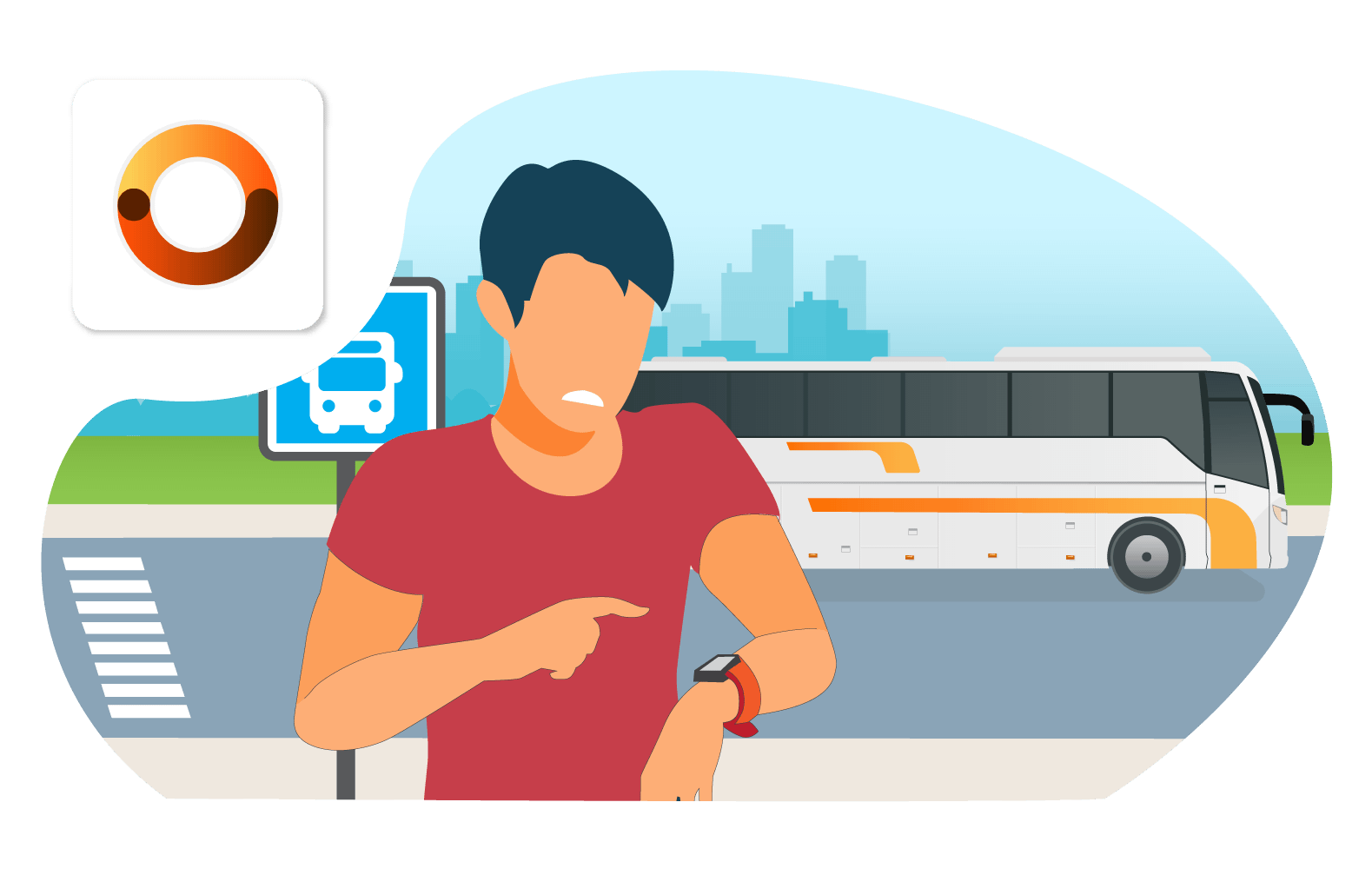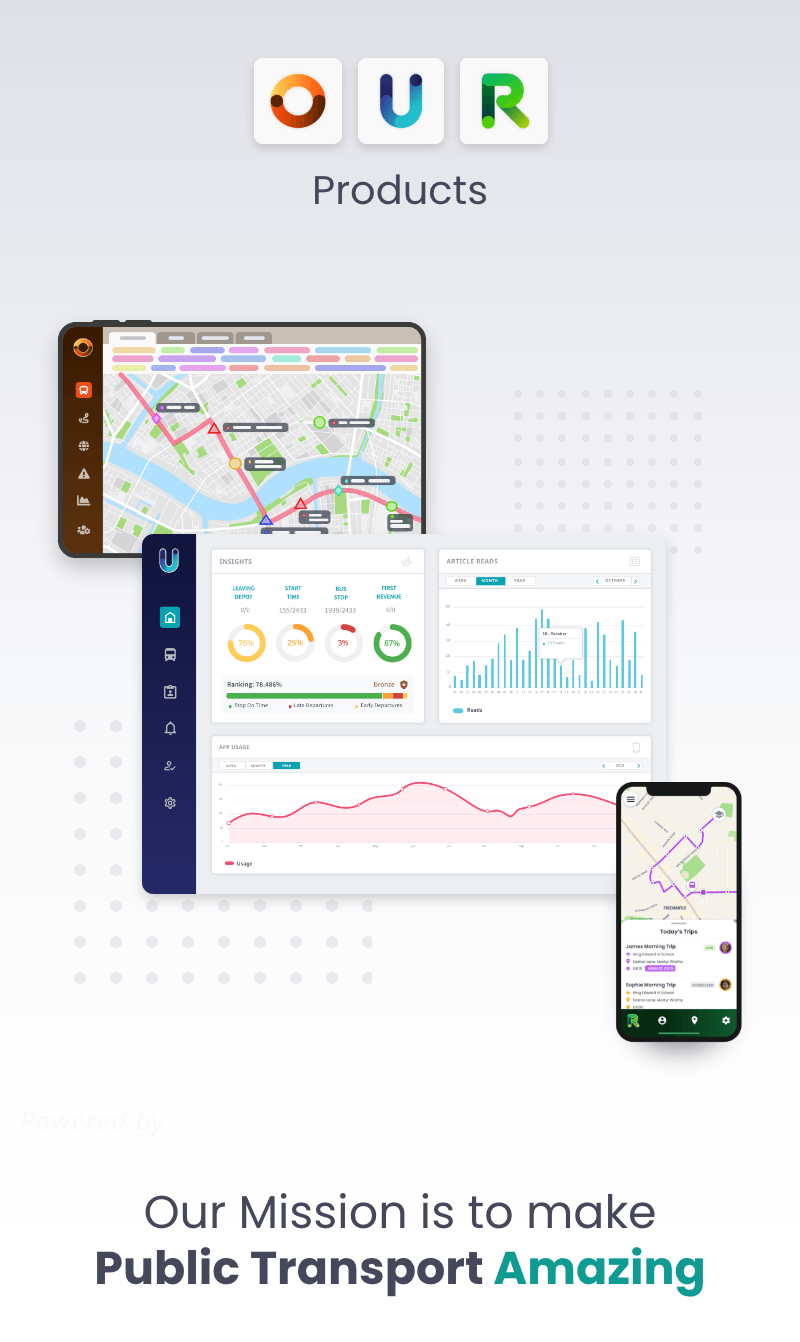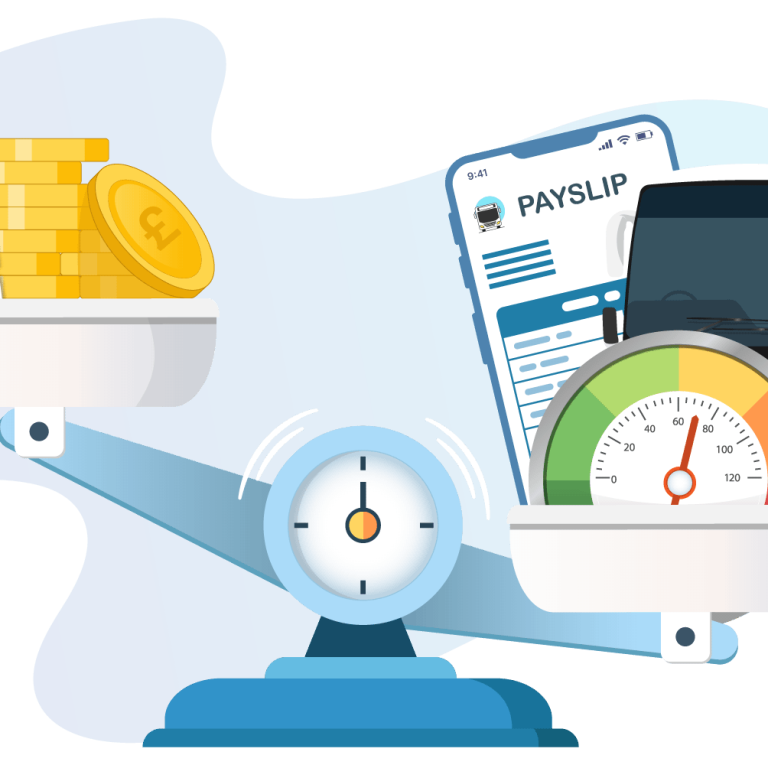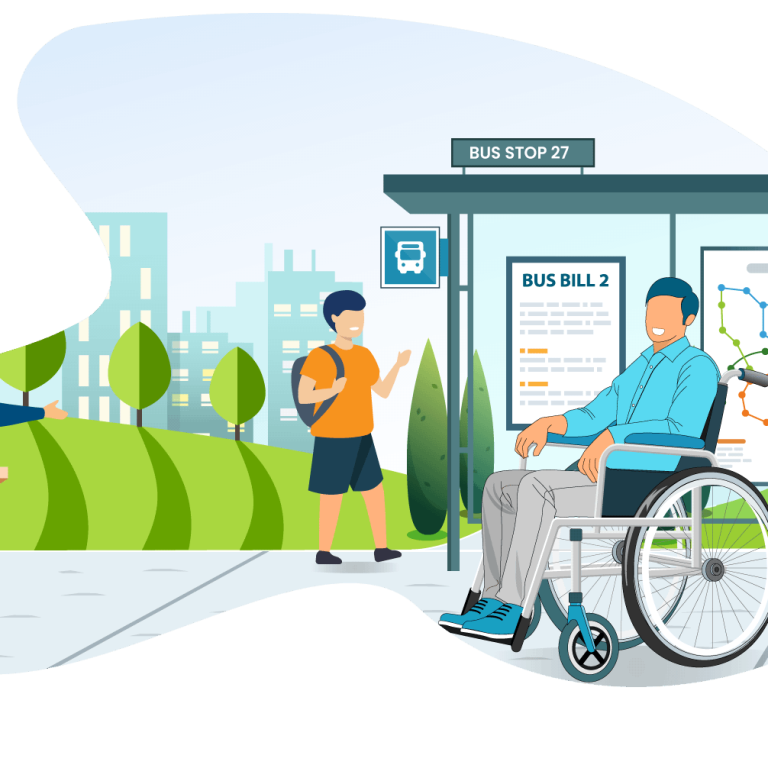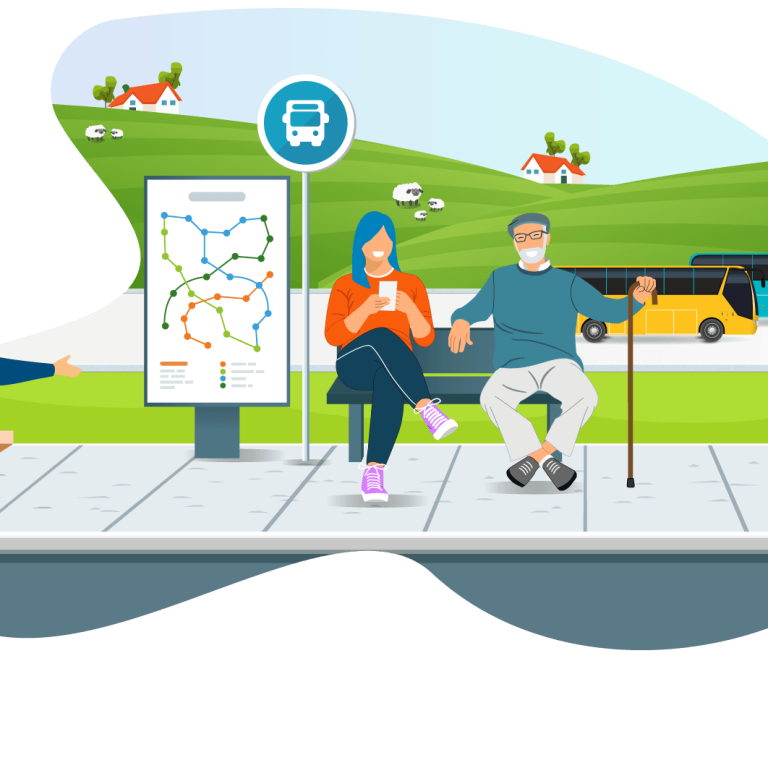Ever stood at a coach stop/station when all information systems such as apps and display boards say the coach is supposed to be arriving but then it doesn’t?
Please mind the gap, between the timetable.
Unfortunately, this is an all-too-common experience for most (if not all) passengers at some point travelling on any public transport, but it doesn’t have to be this way.
So why is it that public transport information is so poor? And is this driving passengers away from public transport and towards personal transport such as cars and taxis? In this article, we will look at why ‘bad data’ causes huge problems in all areas of public transport.
How bad data affects passengers
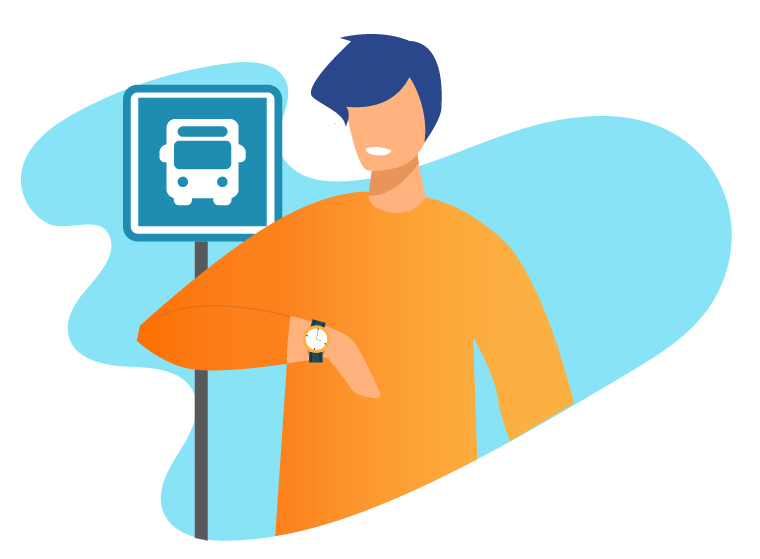
Data is collected but then not utilised correctly
Most display systems (apps & display boards) are showing timetable information as if it is real-time information rather than actually showing live location & ETA information, naturally causing inconsistencies in timetabling and service. Even if they do show ‘live’ information, there are two problems that have a significant impact on customers’ expectations and perceptions of public transport.
- Firstly, due to the archaic infrastructure of data systems, this information is severely delayed in extrapolating the data provided from the source e.g., the GPS signal, and thus delayed in relaying that information to the customer. This is often due to the fact that the software is not agnostic to the multiple hardware sources used (most of which are old and difficult/expensive to replace) and therefore does not utilise the data in the most efficient way. The other issue with a system that is not agnostic, is that any changes take a long time to make and, in an age, where things are changing so fast, adaptability is hugely important.
- Secondly the ETA engines used are not accurate and not following a standard ETA tracking model (SIRI, DARWIN) creating a distorted reality of an ‘accurate’ time of arrival and causing frustration and lack of trust in customers because there are inaccuracies between the data presented and the reality of the service being provided.
Lack of incident information & feedback
Another part of the information that has largely been neglected by public transport systems is relaying and reporting incidents. Incidents in transport happen all the time and are inevitable due to many factors out of their control such as weather. This does not, however, mean that customers should be ‘left in the dark’ about what is going on.
Relaying information about issues in the service is vital to stop customer frustration especially in a need-to-know information age.
Also, when an incident occurs, passengers could be utilised to provide information to operators as well as other passengers. At the moment social media platforms like Twitter are the primary source of communication used between customers and operators. This is not a sustainable or helpful solution to the operator as it publicises issues and problems creating bad press, plus it requires a more manual & slower resolution process rather than an automated & faster resolution. Incident information and reporting could and should be in real-time and automated in order to reduce disruption to the service and create a better experience for the passenger.
Cars have access to live eta’s, traffic flow and provide incident reporting why shouldn’t public transport have the same?
How bad data affects drivers
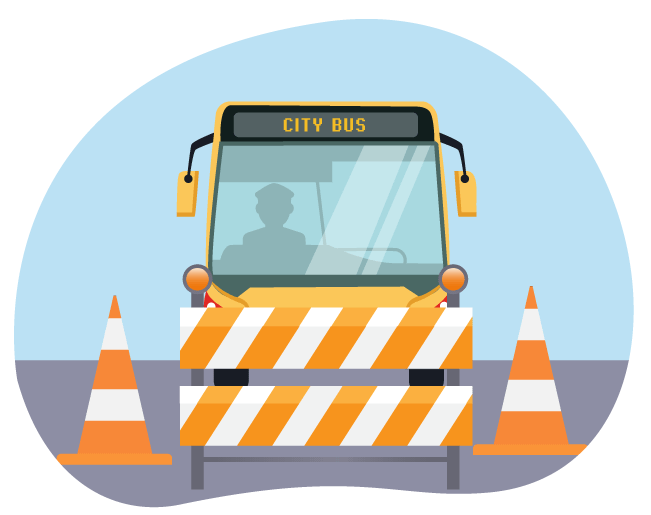
No real-time information to help drivers improve the service
If there is an incident on a journey or service, when does the driver know about it? More often than not when they are ground to a halt and are then stuck in the incident, causing a delay to the service. How can the driver then notify other drivers using that route? More often than not when they are back at the office or depot, causing delays to other services on that route until other drivers are notified of the issue.
In many instances, traffic congestion, road closures, and many other problems are not relayed to drivers until the incident is too late to avoid. Also, this does not just affect their service but also all others on that same route. This delay to service could easily be reduced and even avoided, by using real-time information to notify drivers of problems and solutions to those problems, through the use of personal devices so that the service and others following it are not disrupted.
Driver performance data unavailable
Often the only time a driver knows how they are doing is when they are doing badly, and a customer/passenger has complained. This means there is often no incentive for them to provide a better level of service.
Drivers are the face of a public transport business which means that the service they provide vastly impacts the perception of the business. Using data to show drivers how well they are doing will allow them to take control of their work ethic and give them a reason to improve how they do their job.
Lack of information communicated to remote workforce
Often important information is relayed to transport services either through word of mouth, which doesn’t take into account drivers on awkward shift patterns, or email, which requires drivers to open and read long emails and to sift through the information to find what is relevant to them.
This does not encourage drivers to stay informed, will lead to missed information when performing their job, and reduce the quality of the service. This information needs to be relayed in an automated way, so it’s there when they need it.
How bad data affects operators/businesses
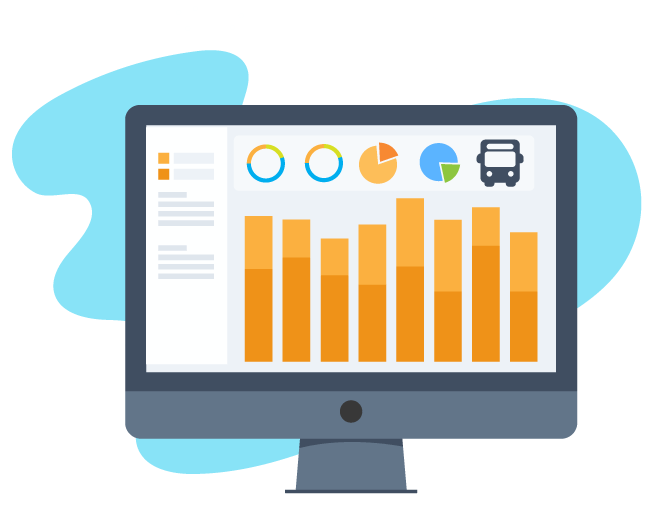
Data is not utilised to solve problems and add value to services
There are several ways in which opportunities to improve services are being missed by operators.
- No loyalty incentives – Operators don’t utilise the data they collect from their passengers’ behaviours, so they are unable to provide incentives for loyalty. Many other areas of society such as shops, entertainment, and even air travel use loyalty incentives in order to attract customers and reward them for ‘good’ customer behaviour.
If data can be used in these other industries, then why can’t it be used to promote loyalty in public transport?
Data is not being used to the operator’s advantage. This data is merely being used to track operations and service levels without taking into account the individual passengers themselves. If individual customers could be recognised for loyalty, then there would be more incentive to travel.
- Demand-driven services – Supply and demand is the oldest concept in growing a successful business and public transport is no different. However, operators often see their services overflowing at peak times and virtually empty in the off-peak. Unfortunately, this information is not always consistent. Special occasions such as sporting & music events as well as replacement/alternative services are often managed manually rather than based on data collected and therefore the quality, as well as the safety of the service, is then compromised.
For example, if a vehicle malfunction happens and passengers are asked to use an alternative service, does that vehicle then have the correct capacity to be able to handle the influx of new passengers to that service? Most often the answer to that question is no. However, if data could be utilised to figure out the amount of room needed for the number of passengers, then additional vehicles could be deployed to deal with this problem and improve the adaptability of the service.
Summary
Overall, these are just a few of the problems faced by public transport that are directly caused by inaccurate, delayed, and unutilised information. At uTrack, we believe that utilising data is at the heart of improving public transport operations and is the best way to ensure that we achieve our goal of making public transport amazing again.
If you would like to know more about how to partner with us in fixing the problems above, then please check out our Origin solution.
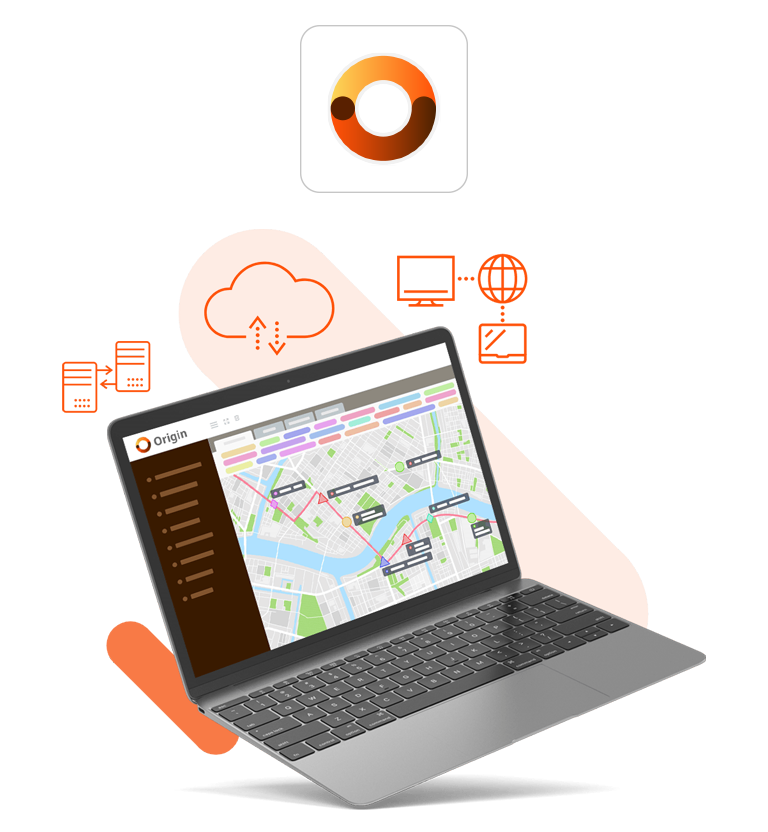
Origin
Making operational excellence the standard across the transport industry.

